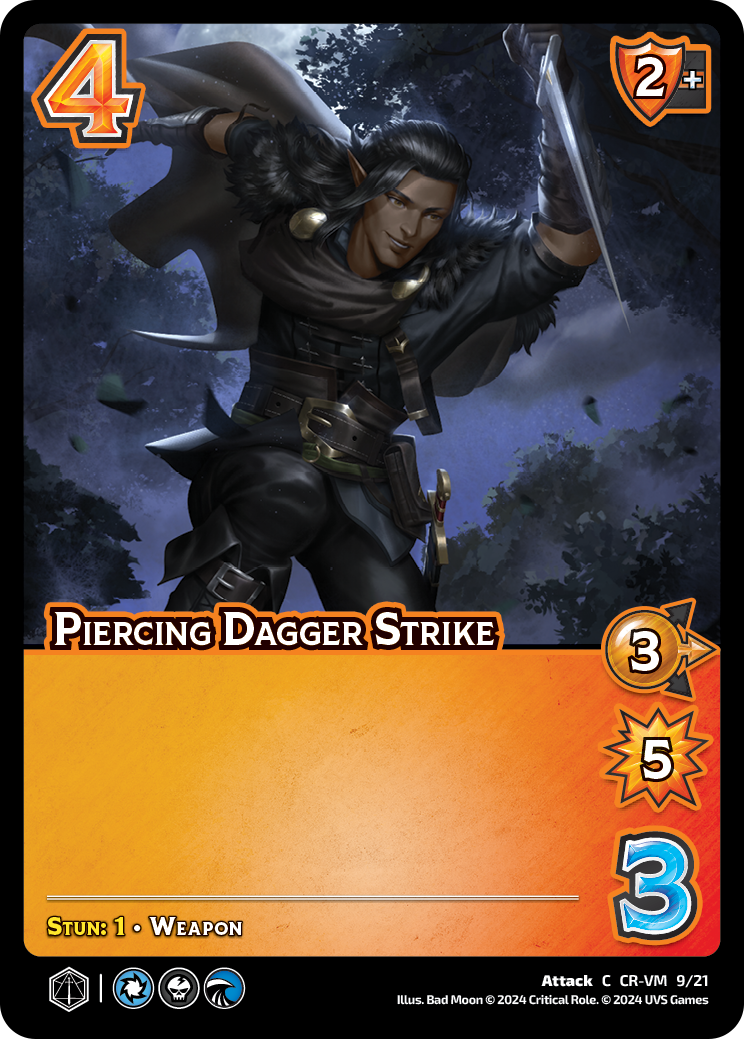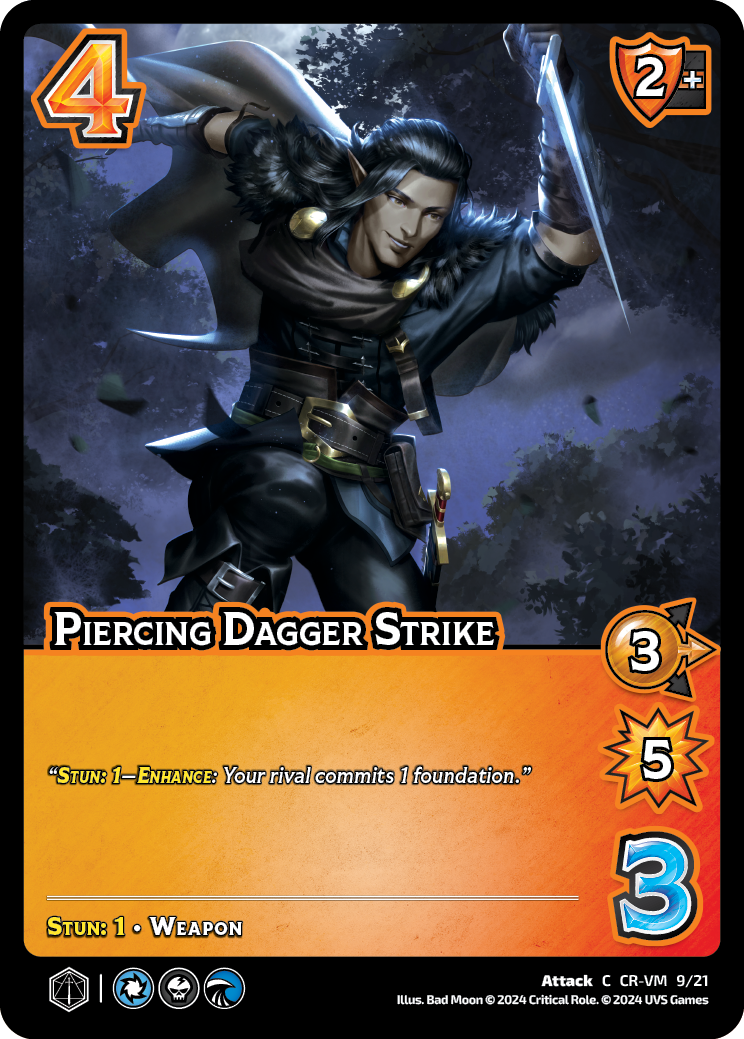

Game Design Article - Designing UVS: Evergreens and Reminder Text
Bill Stark, Director of Game Design
Designing UVS: Evergreens and Reminder Text
Last week I introduced the big challenge the Game Design team has been working on solving for the past several years in UniVersus: building a game that is approachable to new players while still being fun for long-time players. We talked about the concept of “mental load” and how too much of it can turn new players away, preventing a game from realizing its full potential. We also talked about how streamlining a game too much can alienate your dedicated fans who’ve been with you for years. Today I’m going to talk about some tools we rely on that allow us to serve both needs at the same time.
Defining Terms
Before I dive into the concepts today, we need to define some terms so we’re starting from the same place of understanding. When I talk about “evergreen mechanics” I’m referring to mechanics that show up regularly in the game and could be considered a permanent part of the landscape. These include abilities like Powerful and EX, or Throw. They’ve been in nearly every set since they were first introduced, and they’re key tools we use to make the game. They’re different from “deciduous” abilities, or mechanics we only use once in a while. We’ll save “deciduous” for a different day’s discussion!
Reminder text, on the other hand, is rules text on a card that explains some or all of the abilities on a card. In fact, reminder text is often paired with evergreen text! This is the italicized text found on cards that outlines what an ability does. More on that in a bit…
Always Green
To teach someone to play a new game you need to introduce them to a lot of unfamiliar concepts. Doing this increases mental load, which is both thrilling but risky: too much, as we looked at previously, and players get overwhelmed. Too little and they’re bored. We want to land on just the right amount of challenge. As we covered in the last article, a human’s short-term memory, which they use when learning new things, can hold 5-7 pieces of information. Once that bucket gets full, you need to either commit something to long-term memory for quick recall or forget something so that you can make space for the next new piece of information. What’s powerful when introducing a new card concept is helping a player quickly commit that ability to long-term memory, freeing them up to learn new concepts. One of the powerful tools we use to do that? Evergreen mechanics.
A mechanic that is evergreen does something powerful but subtle for reducing mental load for players: it provides rules text on many cards players only need to commit to memory once. By re-using an ability a player has previously learned, we reduce mental load as they can skip the process of “learning” the ability the next time they see it on a card. Here’s what that looks like with the evergreen mechanic Stun on the Critical Role card Piercing Dagger Strike:

The first time a player plays Piercing Dagger Strike, they need to learn what the ability “stun” is about. However, the next time they see the “stun” ability it will serve as a familiar point of reference and make a player feel comfortable about their growing knowledge of the game. They can commit the ability to memory and not have to recall it again on many other cards. Contrast that to a world where there were no evergreen mechanics and each card had unique keywords that required every player to memorize every single new card they see. What a burden!
Reminders…
Evergreen mechanics are powerful ways to reduce mental load, but we can go further in helping new players learn what those mechanics do in the first place. To do that we use what we call “reminder text,” text on cards that is not for flavor and not specific rules text, but instead helpfully clarifies what rules text means. In the first image of Piercing Dagger Strike I left off the version that includes the reminder text for Stun. Here’s what the actual card looks like when you open it in your Challenger Series:

Reminder text is important because it can teach a new player what an evergreen mechanic is, helping them commit it to memory but also making it okay if they haven’t. It’s right where they need it when they need it, on the cards that ask them to know what it is, and seeing it explained repeatedly through reminder text allows us to “hand hold” a player and teach through repetition. Our general guidelines for prioritizing reminder text are:
Reminder text appears when there’s room on the card for it alongside the rules text and it’s helpful to the player to have it present.
Reminder text appears most frequently on Commons and Uncommons. These are the cards players see most when opening boosters and playing Limited, making them the best opportunity for us to “teach” what evergreen mechanics do.
Reminder text appears sometimes on Rares. These appear frequently enough to still be a great teaching opportunity, but rares tend to have more text than cards at lower rarities leaving less space for reminder text.
Reminder text appears least frequently on Ultra Rares and Secret Rares because they have the maximum need for “coolness,” and typically have less room on cards for reminder text.
Reminder text typically doesn’t appear on Character cards because there isn’t usually space. We’ll happily include it if there’s both space and it helps to make the card’s abilities more clear.
Reminder text is a fantastic tool for helping new players, and for seasoned players it becomes “invisible” once they’ve learned the mechanics. It’s truly a win/win.
Next Week
In our next installment we’ll cover how we use “Vanilla” and “French Vanilla” cards to help reduce mental load while keeping game play streamlined. I’ll see you then!
